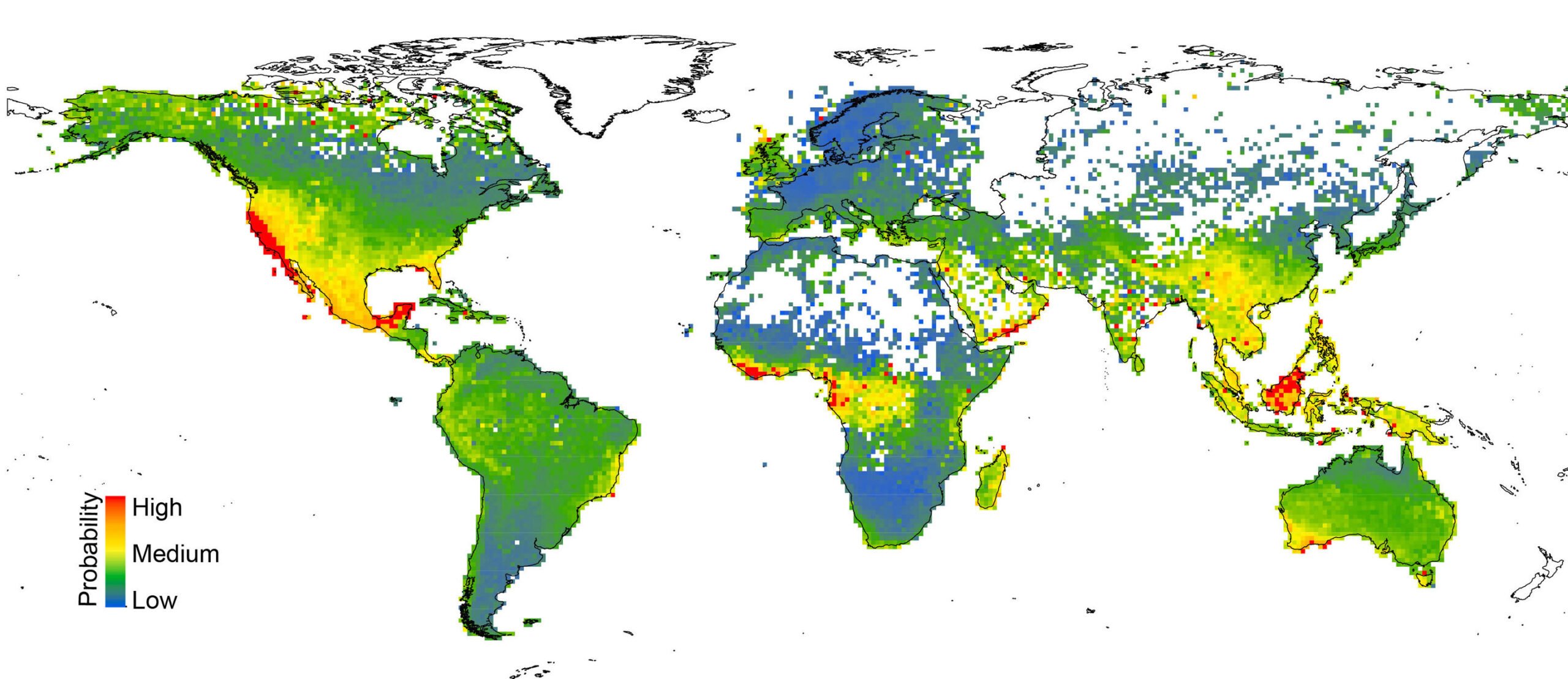When categorizing plant species based on their locality or distribution, various terms are used to describe different patterns. Here is a list of some commonly used terms in plant species locality categorization:
1. Native
“Native” refers to plant species that naturally occur and have originated in a specific region or ecosystem without human introduction.
Example: Milkweed (Asclepias) are native to North America.
2. Non-native (Exotic/Alien)
“Non-Native” describes plant species that have been introduced to a region or ecosystem where they do not naturally occur. Non-native species have been brought from other geographic regions, intentionally or unintentionally, by human activities.
Example: African Iris (Dietes iridioides) is Non-Native to the U.S. It is native, however, to South Africa.
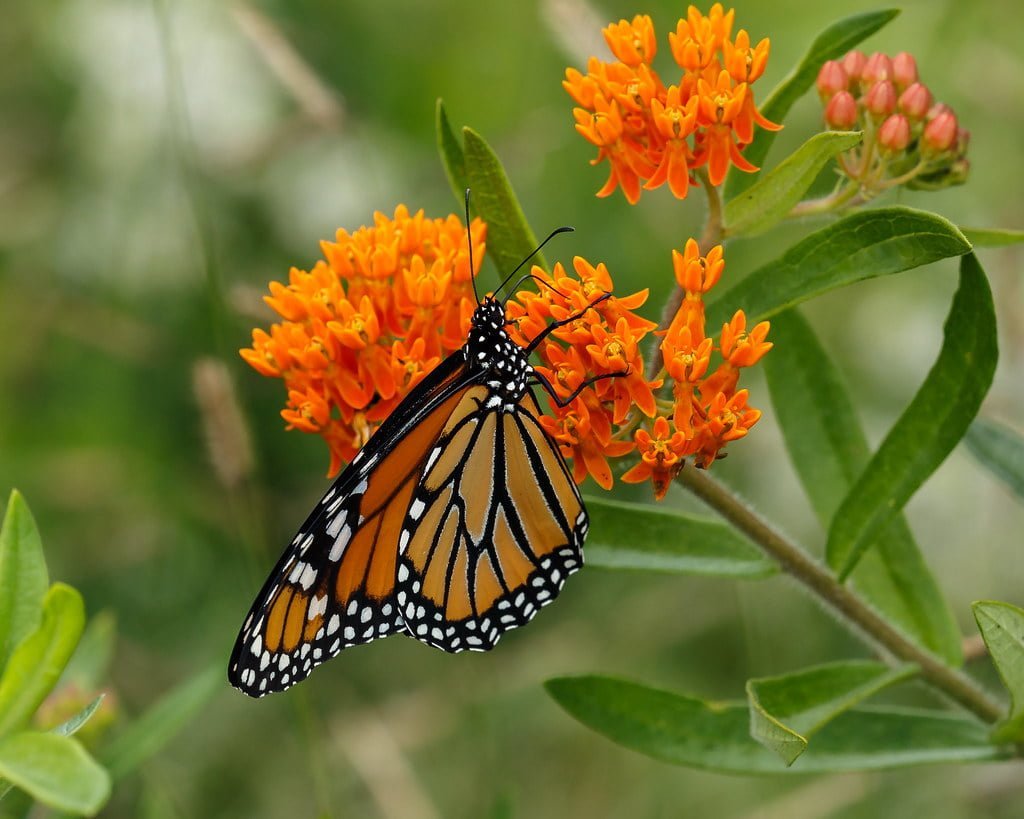
50 Butterfly Milkweed Seeds (Asclepias Tuberosa) for North America
More than 50 Orange Butterfly Milkweed Seeds (Asclepias tuberosa) originating from tobacco country for most of North America.
3. Naturalized
Refers to non-native plant species that have established self-sustaining populations in a new region without direct human intervention. They adapt and reproduce in the wild, becoming part of the local flora. These cannot be “Invasive.”
Example: Narcissus (Daffodil) grows well in USDA hardiness zones 3B through 10, which encompass most of the United States and Canada.
4. Endemic
Describes plant species that are native and restricted to a particular geographic area or region. Endemic species are found exclusively in that specific location and are not naturally found elsewhere.
Example: Clitoria fragrens (Sweet-scented Pigenwing) is endemic to Florida.
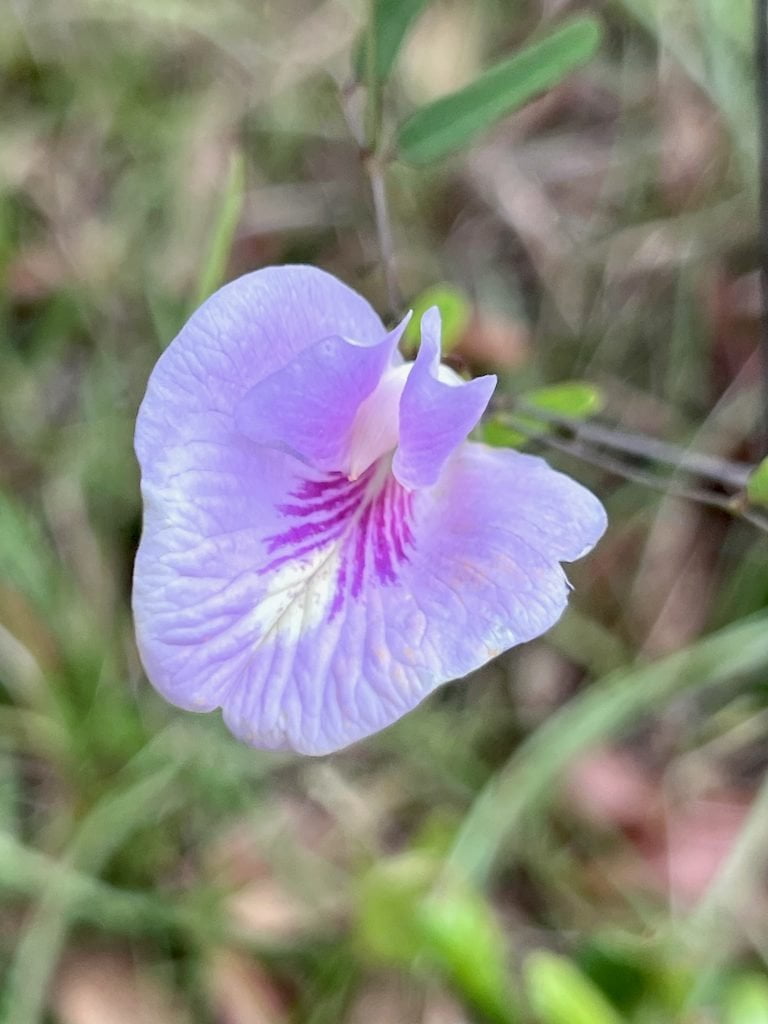
2 Sweet-Scented Pigeonwings (Clitoria Fragrans) Seeds – Florida Native – FL ONLY
Clitoria fragrans is a rare species of flowering plant in the legume family known by the common name pigeon wings, or sweet-scented pigeon wings. It is endemic to Central Florida and is listed as federally endangered. If you think you can grow one, then you can help Johnny on his mission to restore endangered species… one day at a time!
5. Cosmopolitan
Refers to plant species that have a global distribution and are found across various regions or continents. These species have widespread distributions and can be native or non-native.
Example: Oxalis corniculata, Ceeping Woodsorrel is a cosmopolitan species.
6. Indigenous
Describes plant species that are native and have a historical presence in a particular region. Indigenous species have a long-standing association with that specific area.
Example: Asclepias currasavica (Tropical Milkweed) is indigenous to the Neo-Tropical Realm, which includes Texas and Florida, thanks to it’s anemochorous seeds distributed by tropical storms for millennia.
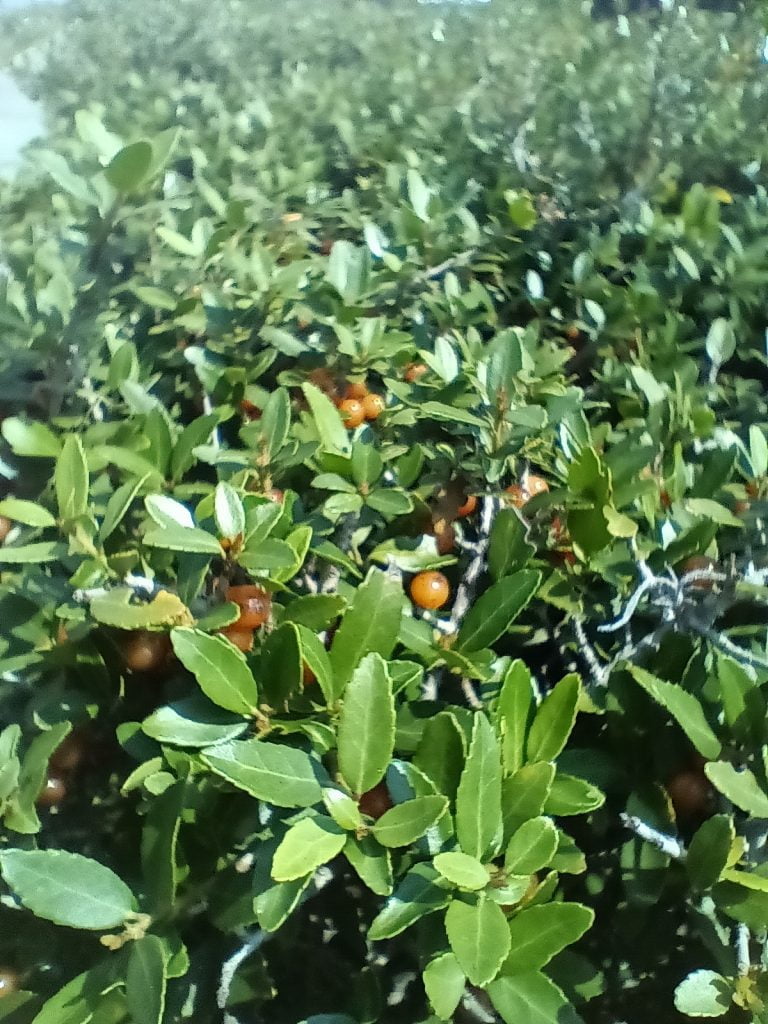
20 Florida-Native “Black Drink Holly” Seeds (Ilex nigrempotum) formerly “Yaupon”
20 or more seeds of the Florida-native, Black Drink Holly (Ilex nigrempotum), formerly known as “Yaupon.” Origin: Polk Co. FL Zone 9b.
7. Archaeophyte
Refers to plant species introduced by human activities before historical records. These species were brought by human migration, trade, or colonization and have become established in their new habitats over time.
Example: Asclepias currasavica (Tropical Milkweed) is an archaeophyte brought to the United States by migrating Native Americans, who used Milkweed medicinally for generations.
8. Neophyte
Describes plant species that have been introduced to a region after historical records began. Neophytes are non-native species introduced during recent times.
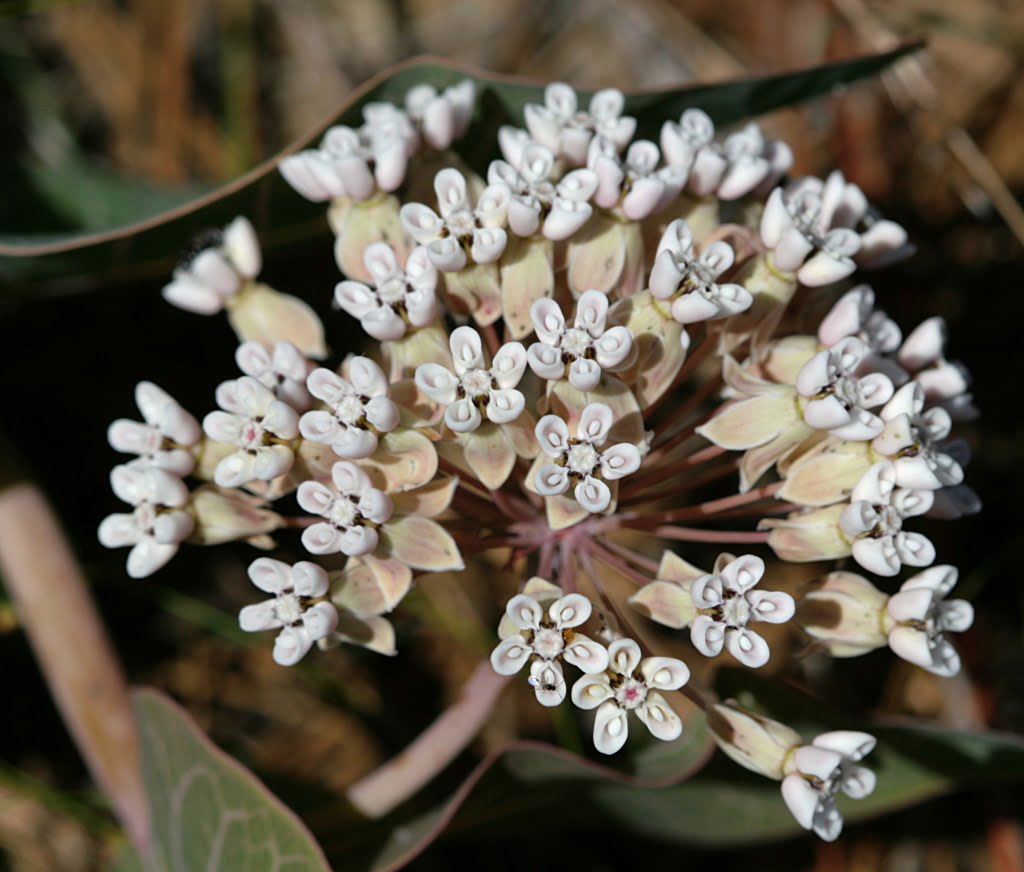
10 Sandhill Milkweed Seeds Ascslepias Humistrata Pinewood Milkweed Florida-Native
With Johnny Butterflyseed’s Sandhill Milkweed seeds, you’re not just planting flowers; you’re cultivating a living mosaic of nature’s marvels. 10+ Florida Native seeds.
Example: Tree of Heaven (Ailanthus altissima) and Japanese Knotweed (Fallopia japonica) are both neophyte and also considered invasive.
9. Adventive
Refers to plant species that are not fully naturalized but occur outside of cultivation in an area. These species may persist temporarily or have limited establishment in the wild.
Example: Pseudoziziphus species are adventive to Florida, having been imported from the Pre-Sonoran Chaparrel. “False Jujubes” do well in the xeric upland of Central Florida, but are quickly choked out by native running oak and scrub oak species such as Sand Live Oak and Myrtle Oak, among others.
10. Cryptogenic
Describes plant species with an uncertain or unknown origin in a particular region. These species may have complex histories or unclear natural or human-mediated dispersal.
Example: Reed Canarygrass (Phalaris arundinacea) is a wetland grass that has become invasive in North America. Its origin and mode of introduction are uncertain, categorizing it as cryptogenic.
These terms are used to describe different aspects of plant species locality and provide valuable information for understanding their distribution, ecological impacts, and evolutionary history. Correctly using these terms will give us an advantage in helping support the native ecology required for Monarch Butterflies, and all of God’s creatures… one day at a time!
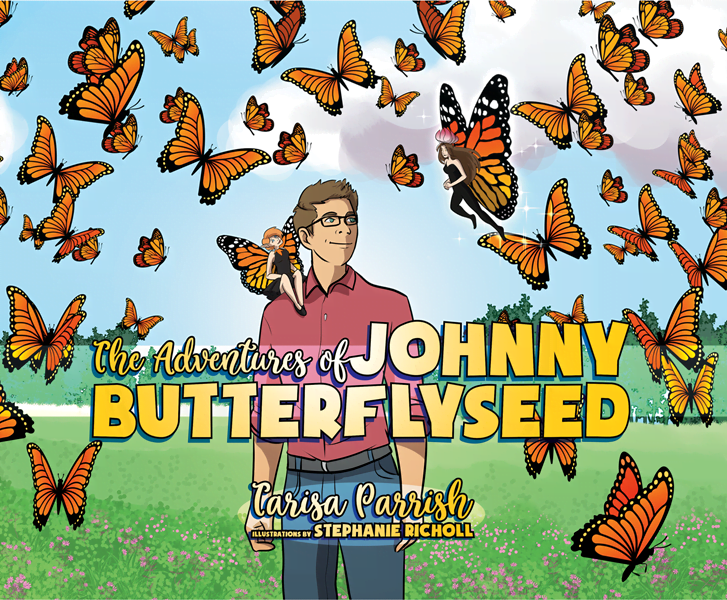
The Adventures of Johnny Butterflyseed – Author Signed First Edition Children’s Book
Save the monarchs!
Johnny Butterflyseed and his fairy friend, Raven Silverwing, embark on a mission to save the rapidly disappearing butterflies. They enlist the help of Queen Venus Goldwing and her kingdom of monarchs to educate and inspire kids to become butterfly farmers. At first, Johnny faces his own internal struggle with self-doubt and fear in his ability to make a difference, but then soon develops a mindset that allows him to not only get started, but also make progress one day at a time. Through challenge after challenge, Johnny learns that he is not alone in his mission and that there are many people who want to help. Together, Johnny, Raven, and Queen Venus educate thousands of children on becoming butterfly farmers.
